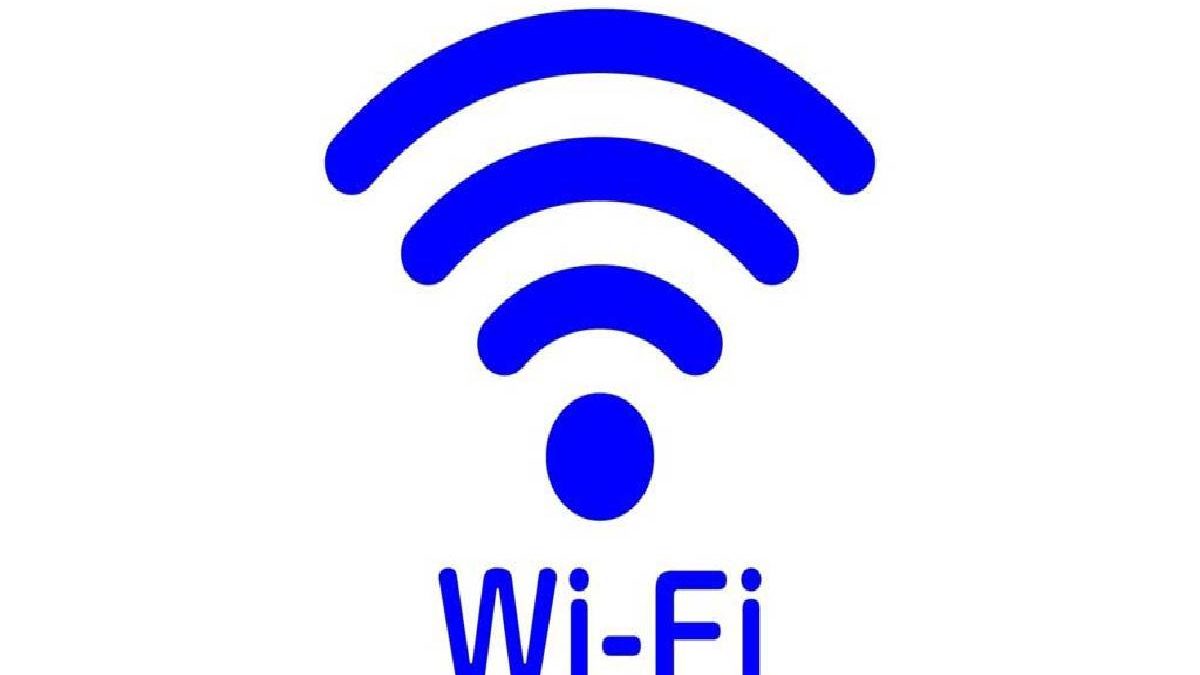Table of Contents
WIFI Definition
The WiFi is a mechanism that allows Internet access to different devices wirelessly to get connected to a particular network.
This technology, while offering the entrance to the extensive network of networks, links various equipment together without the need for cables.
This wireless connection is possible thanks to the use of radio frequencies and infrared, used for the transmission of information.
This fact inevitably translates into a limitation, since the user must be within a specific coverage range to enjoy the signal.
Generally, this radius varies between 5 and 150 meters of distance concerning the device emitting said signal.
Despite this being its technical definition, WiFi refers to a trademark promoted by the WiFi Alliance.
The purpose of which was to create a wireless connection mechanism that was compatible with various devices.
In this way, the 802.11 standards were born, the most used to link remote equipment without cables.
How to configure the WIFI?
- The procedure to enable WiFi is quite simple, although there are not a few who, more than once, has been a headache.
- First of all, it must be verifying that the equipment has a WiFi device, which is often incorporating into the computer, laptop, smartphone, or tablet.
- Otherwise, the user has to go to a specialized establishment to get a card.
- Once the compatibility with the WiFi signal is certified, the installation may vary depending on the operating system, but the procedure is very similar in all of them.
- As a general rule, the user has to access the control panel or the device settings and, later, enter the option that allows him to manage the wireless network connections.
- Finally, you must select the desired network, fill in the requested fields, such as the IP address or security key, and you can now enjoy your Internet connection.
How does the WIFI work?
- The operation of WiFi necessarily requires a router. The, which is connecting to the Internet through a cable, is responsible for distributing the connection to the different devices the same network wirelessly. But how do you do it? We explain it to you below.
- The router transforms digital information into radio waves that will be communicating through the air within a specified range.
- Subsequently, the decoders of the receiving device transform the radio waves back into digital signals. which are interpreted by the computer’s microprocessor to allow connection to the Internet. This connection will be better. The closer the plans are to the router.
Is WIFI safe?
- Security and privacy are one of the main concerns that WiFi raises, since. And also, as it is a wireless technology, information travels through radio waves.
- which can pass through walls and even reach the street.
- If the user has the WiFi open, there are certain risks, since anyone can not only access the Internet through our signal but also reach our personal computer and get all our keys.
- Given this, however, multiple strategies can help improve the security of our devices and our Internet connection. The recommended measures are the following:
- Change the default password (the default option) and set a new one consisting of 12 digits, containing uppercase, lowercase, numbers, and symbols.
- It establishes the WPA2 encryption system since it is the most advanced and secure.
- Modify the default SSID, create a new one that is not related to the password, and do not give clues about the operator used.
- Turn off the WiFi if you are going to be away from your home or office for several days.
- It enables MAC address filtering, as it will allow devices that have a specific MAC address to access the network.
- Defines the maximum number of devices that can connect to WiFi.
Types of WIFI
- The different types of WiFi are classifying according to the 802.11.
- Standards and, depending on the one used, signal speed varies.
- And also, IEEE 802.11. Created in 1997, it is no longer secondhand today. The allowed a maximum connection speed of two megabits per second, which is very slow for most applications.
- IEEE 802.11a. It emerged in 1999 with a maximum speed of 54 megabits per second. This version was the first to operate at 5 GHz.
- A frequency that easily blocks objects and makes this standard have a limited range.
- IEEE 802.11b, IEEE 802.11g, IEEE 802.11n . They have maximum speeds of 11, 54, and 300 megabits per second and have a frequency of 2.4 GHz. An almost universal band that makes them the most used internationally.
- IEEE 802.11ac. Born in 2014 and known as WiFi 5, it works at a maximum speed of 1,300 megabits per second and operates on the 5GHz band.
How did the WIFI come about?
- The companies 3Com, Airones, Intersil, Nokia, Symbol Technologies, and Lucent Technologies, created. The Wireless Ethernet Compatibility Alliance (WECA), known as the WiFi Alliance since 2003.
- These were intending to promote wireless technology and ensure compatibility between different devices.
- Thus, in 2000, the WECA created the IEEE 802.11b standard, but it was commercially naming WiFi to be an available name to remember.
- Finally, it should be nothing that the different WiFi standards have been developed, and there has been such that the radioelectric space has become saturated due to the overcrowding of users.
Also Read: What is a Smartphone? – Definition, Differences, Features, and more
Related posts
Featured Posts
NSE: RCOM ( Reliance Communications LTD) – Shares Info, Financials and Liabilities
NSE: RCOM – To provide services to retail and business customers in India, NSE: RCOM owns and manages a large-scale…
Orbs in Path of Exile
With so many action RPGs to choose from, the Path of Exile has become a particularly attractive game for those…



